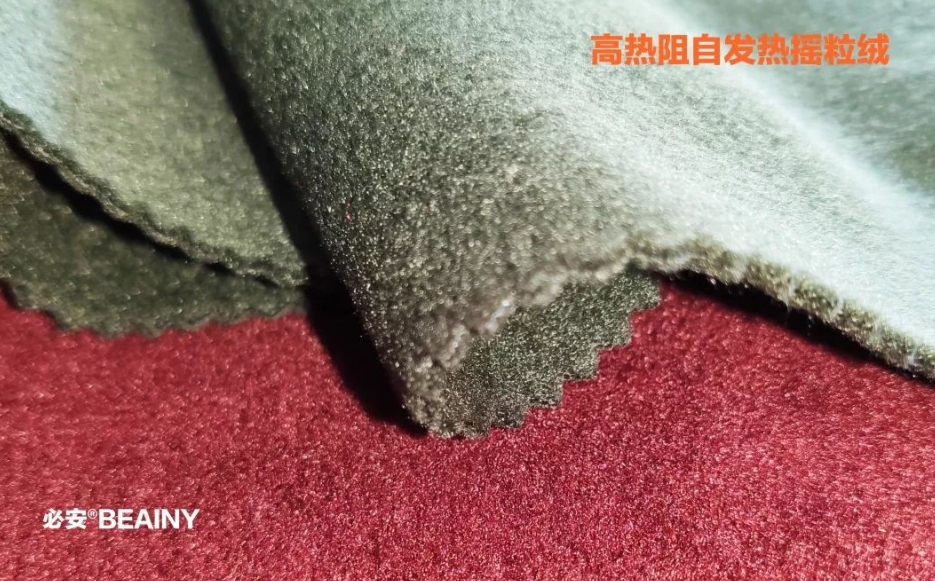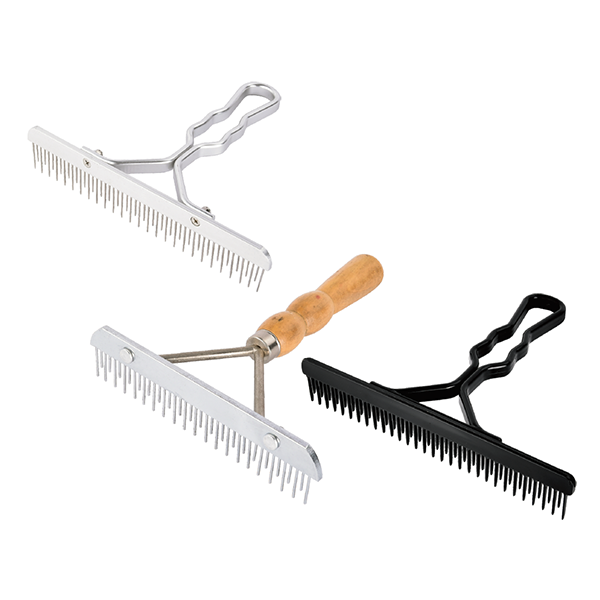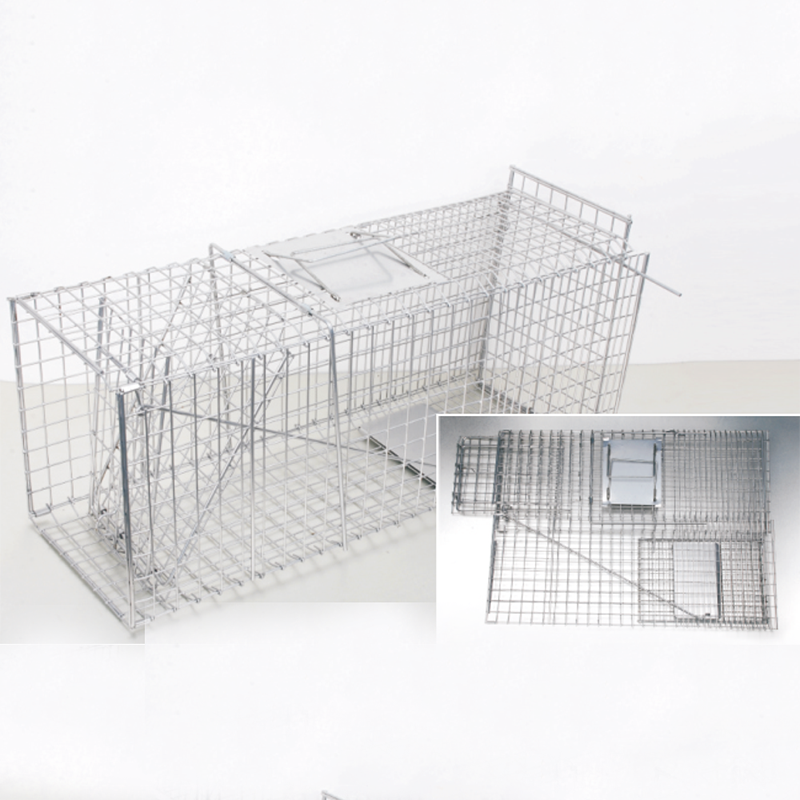In fact, before paper was invented, "brown paper" was actually made from calfskin. At present, this "brown paper" is only used to make drums. Current kraft paper is chemically made from the wood fibers of conifers, then put into a beater for beating, adding glue and dye, and finally paper in a paper machine. We used to call it vellum because it was yellowish-brown in color, and because it was so tough that it resembled cowhide.
The production method of kraft paper is no different from that of ordinary paper, but the wood fiber used for making kraft paper is longer, and when cooking wood, the wood is treated with caustic soda or alkali sulfide and other chemical substances. The chemical action is mild and the damage to the original strength of wood fiber is small. This pulp paper is tightly bound to the fibers and is not easily broken, so craft paper is stronger than ordinary paper. Because craft paper is strong and does not absorb water easily, it is often used as packing paper.
In the production process, there is not much difference between kraft paper and ordinary paper. Most importantly, it uses conifer wood as its raw material. Its fibers are longer than other plant fibers, and the molecules bind more tightly to each other.
In order to maintain the strength of kraft paper during production, strong handling conditions should be avoided during pulping and bleaching to avoid damaging the fibers. As a result, we see brown paper, not white. In addition, the craft paper in the production process will also add glue to increase the strength. All this makes craft paper stronger than ordinary paper.


 English
English Español
Español Português
Português русский
русский français
français 日本語
日本語 Deutsch
Deutsch Tiếng Việt
Tiếng Việt Italiano
Italiano Nederlands
Nederlands ไทย
ไทย Polski
Polski 한국어
한국어 Svenska
Svenska magyar
magyar Malay
Malay বাংলা
বাংলা Dansk
Dansk Suomi
Suomi हिन्दी
हिन्दी Pilipino
Pilipino Türk
Türk Gaeilge
Gaeilge عربى
عربى Indonesia
Indonesia norsk
norsk اردو
اردو čeština
čeština Ελληνικά
Ελληνικά Українська
Українська Javanese
Javanese فارسی
فارسی தமிழ்
தமிழ் తెలుగు
తెలుగు नेपाली
नेपाली Burmese
Burmese български
български ລາວ
ລາວ Latine
Latine Қазақ
Қазақ Euskal
Euskal Azərbaycan
Azərbaycan slovenský
slovenský Македонски
Македонски Lietuvos
Lietuvos Eesti Keel
Eesti Keel Română
Română Slovenski
Slovenski मराठी
मराठी Српски
Српски 简体中文
简体中文 Esperanto
Esperanto Afrikaans
Afrikaans Català
Català עִברִית
עִברִית Cymraeg
Cymraeg Galego
Galego 繁体中文
繁体中文 Latvietis
Latvietis icelandic
icelandic יידיש
יידיש Беларус
Беларус Hrvatski
Hrvatski Kreyòl ayisyen
Kreyòl ayisyen Shqiptar
Shqiptar Malti
Malti lugha ya Kiswahili
lugha ya Kiswahili አማርኛ
አማርኛ Bosanski
Bosanski Frysk
Frysk ជនជាតិខ្មែរ
ជនជាតិខ្មែរ ქართული
ქართული ગુજરાતી
ગુજરાતી Hausa
Hausa Кыргыз тили
Кыргыз тили ಕನ್ನಡ
ಕನ್ನಡ Corsa
Corsa Kurdî
Kurdî മലയാളം
മലയാളം Maori
Maori Монгол хэл
Монгол хэл Hmong
Hmong IsiXhosa
IsiXhosa Zulu
Zulu Punjabi
Punjabi پښتو
پښتو Chichewa
Chichewa Samoa
Samoa Sesotho
Sesotho සිංහල
සිංහල Gàidhlig
Gàidhlig Cebuano
Cebuano Somali
Somali Точик
Точик O'zbek
O'zbek Hawaiian
Hawaiian سنڌي
سنڌي Shinra
Shinra հայերեն
հայերեն Igbo
Igbo Sundanese
Sundanese Lëtzebuergesch
Lëtzebuergesch Malagasy
Malagasy Yoruba
Yoruba









